
   I love buttermilk for use in pancakes, waffles, biscuits and many other breads and cakes. However, because I use so much buttermilk, I frequently run out. Not to worry. I just put 1-2 tbsp of vinegar into the bottom of a glass measuring cup, add the equivalent of sweet milk for buttermilk, pop in the microwave for 30 seconds and ‘voila’, I have curdled milk with the same properties as buttermilk.  Mr. Fix-It has a lot of trouble with indigestion from meals and so we have found that 1/4 cup (with each meal) of the refrigerated mixture of 24 oz concord grape juice, 32 oz of apple cider with the “mother”, 1/4 cup of local honey and 1/4 cup of apple cider vinegar with the “mother” keeps him from having tummy trouble. And it tastes good too!  Want to rid yourself of an odiferous garbage disposal? Just freeze vinegar in ice cube trays and throw the ice cubes into the disposal to grind up.  How about that glass you found on your corner table in the living room, left there two weeks ago by the child who was told, “No drinks in the living room!”? Yep, there’s that telltale ring of a water stain. Just take equal amounts of olive oil and vinegar and rub into the stain to remove it.  According to the Vinegar Institute, (they have a place where you can graduate with a degree in pickling agents?) vinegar has many uses, not the least of which is as an ant repellent. Just wipe your counters with distilled white vinegar and no ant will come within a mile of your home (because of the smell, I’m sure). I daresay that might work on the busybody relative variety of aunt as well. And add 2 Tbsp of the apple cider version of vinegar to ½ quart water, 2 Tbsp. sugar and a couple of drops of dish soap and you can lure fruit flies to a certain “death by a really disgusting substance.”  Figure this one out: You can pour straight vinegar on the weeds that line your sidewalk, repeating until they die (pickled dandelions anyone?) but add a cup of vinegar to a gallon of water for a perfect solution to soak your azaleas and will have them thanking you for the acid – well not literally.  Cut flowers stay fresher longer if you add 2 Tbsp of vinegar and 2 Tbsp of sugar to a quart of water to fill the vase. If you change the water every 5 days, the flowers will stay perky.  I got a chuckle out of this vinegar application according to the Institute – tackling smelly dogs: “Wet the dog down with fresh water. Use a mixture of 1 cup white distilled vinegar and 2 gallons water. Saturate the dog’s coat with this solution. Dry the dog off without rinsing the solution. The smell will be gone!” Right. And now they will smell like vinegar. Good trade.  Vinegar will remove that bumper sticker for the candidate for whom you voted and who wound up having an affinity for bribes and women. It will soften paint brushes, clean radiator vents and leather shoes and even fix DVDs that occassionally stick on one frame. Most amazing of all is that according to the winner of the 2007 Online Vinegar Use Competition (what is amazing is that there is such a contest and that people actually entered), you can immerse your gold jewelry in one cup of apple cider vinegar for 15 minutes and it comes out sparkling like it is real!! No need for expensive jewelry cleaning!!  Vinegar has many more uses that you can find at the website of the Vinegar Institute. Yes, it is a weird and smelly liquid, but evidently, it is nature’s miracle substance! Go out and buy a couple of gallons! I’m buying stock! |
|
Oklahoma Pastry Cloth™ Company on Facebook
|
 |
Archive for April, 2011
Vinegar Tips
Tuesday, April 26th, 2011
Orange Scone Recipe
Thursday, April 21st, 2011
 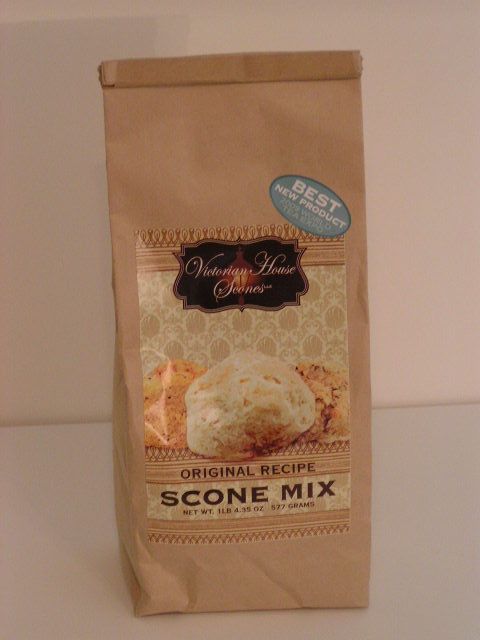 Yep, that’s what I tell anybody who says to me, “A scone? What’s a scone??” when I am showing off the three scones mixes that I carry at the shopping page. The Victorian House Original Recipe Scones are especially good because you can add anything you like to them like 1/2 cup of white chocolate and 1/3 cup of Craisins to create “addiction from a bag”! They are handy because you can make them ahead of time and either freeze them raw for baking later, or keep them in the frig raw for baking the next day. And one bag makes 16 big scones – a bonus! Packaged scones are a great thing to have on hand for a quick tea with the neighbor, a relaxing treat for your afternoon or a wonderful “thank you” gift in a pinch. The Victorian House Scones are an authentic Scottish scone, made with buttermilk. But for those who like to say, “I make MY scones from scratch” – you know, the: “I grew the wheat, dried the wheat, ground the wheat, milked the cow, churned the butter, separated the cream AND got the eggs from our chickens” kinda gals – ok, so you got the ingredients at the store and put them into the mixer! Whatever – it’s homemade! – here is a recipe for you. These scones are fluffy and light and just keep you wanting more. This recipe is my own recipe that I have developed over many, many attempts at scones. And yes, if I should ever decide to market the mix, I WILL have to kill you. 🙂 This recipe uses the dried orange zest from a couple of posts ago. And these are the English type of scone. So here you go:
 Add flour to mixing bowl  Add Baking Powder 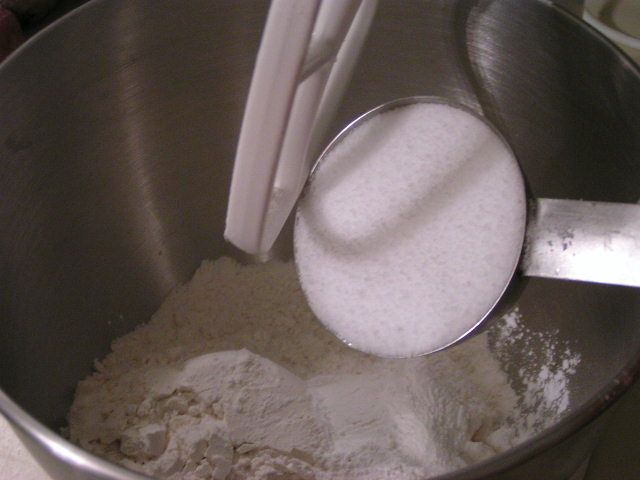 Add sugar or Splenda. If using Splenda add powdered milk. 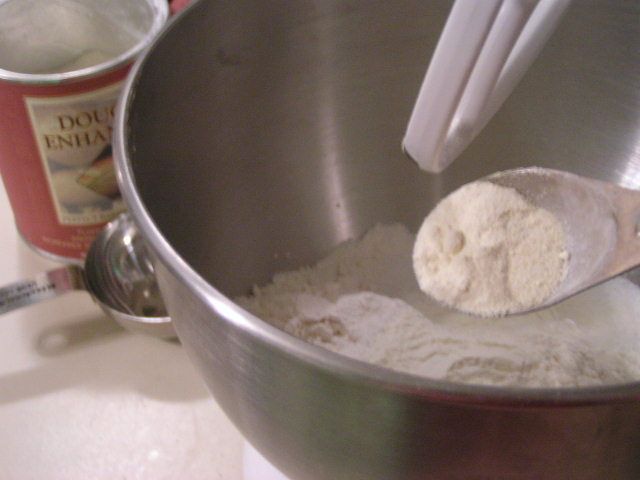 Add dough enhancer – this is optional 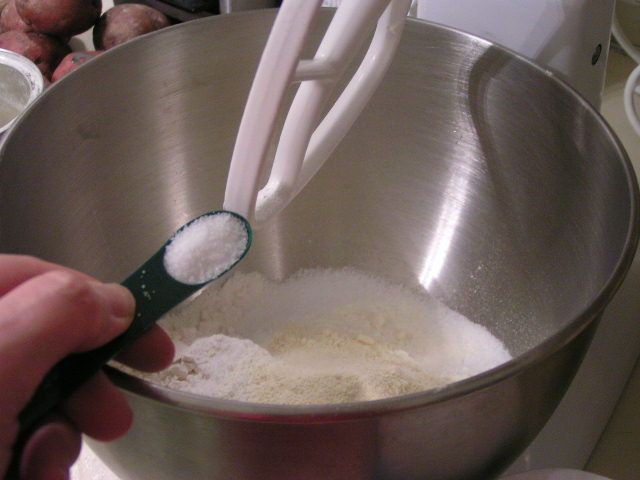 Add salt 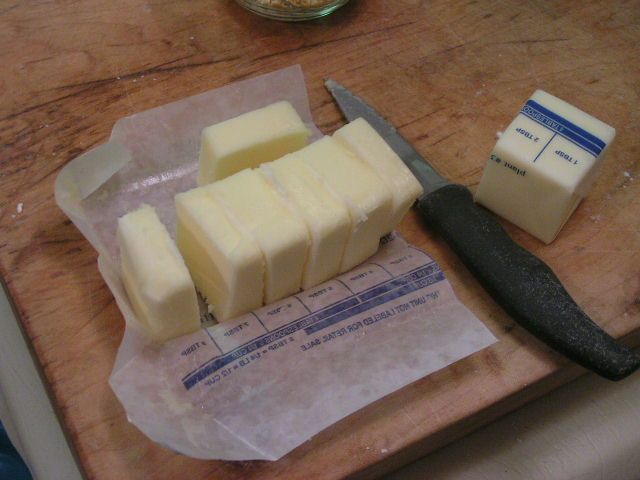 Cut butter into pieces 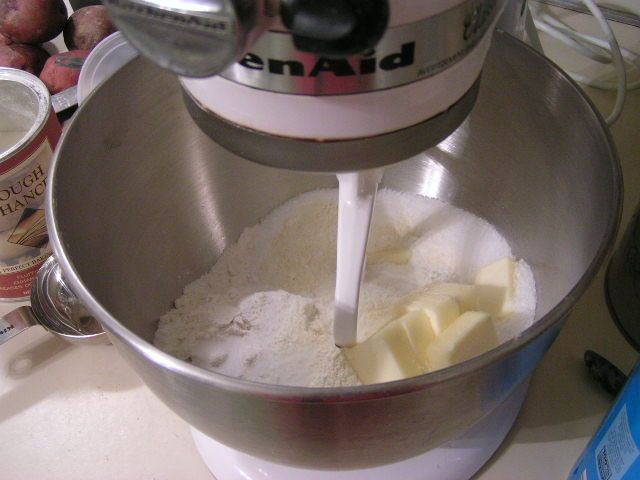 Using mixer or dough blender, cut butter into flour until the mix resembles small peas. 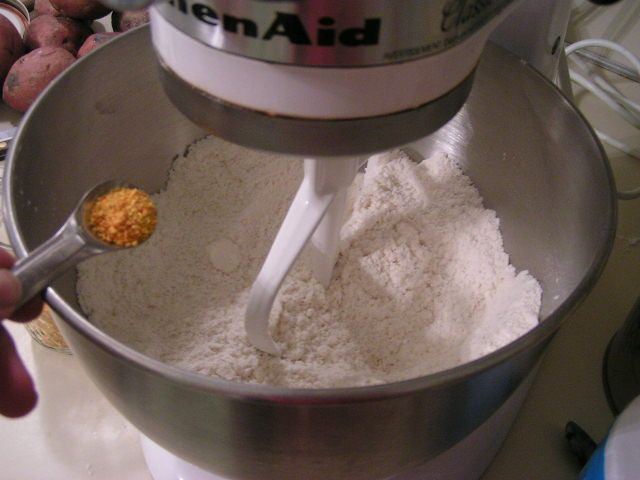 Add orange zest. 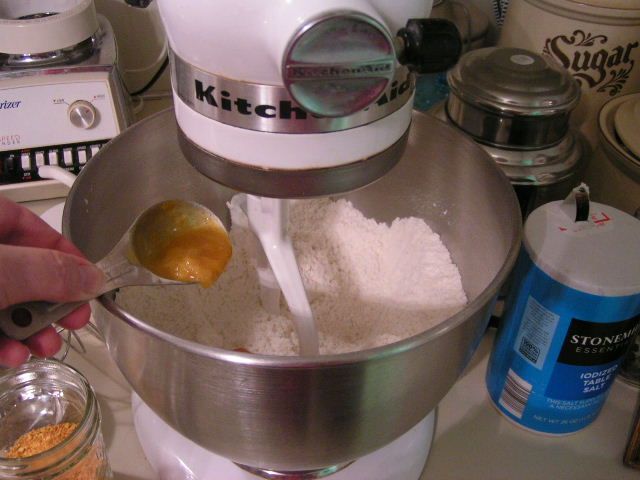 Add 2 -3 tbsp frozen orange juice concentrate to the mix depending on how much of an orange flavor you prefer. Stir in 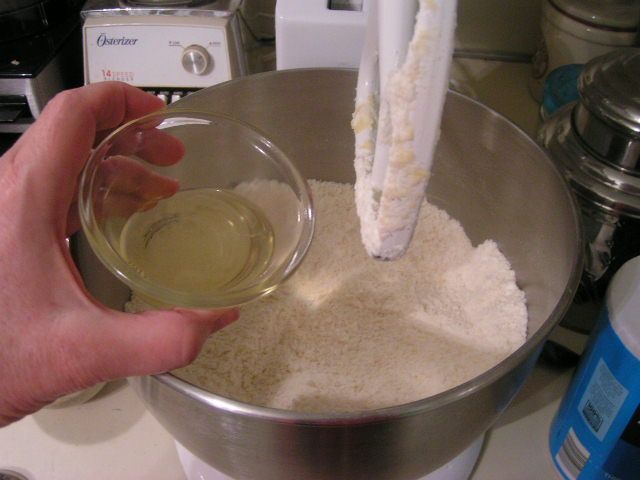 Add egg white and stir (you can use a whole egg if using Splenda for more moistness)  Add cream 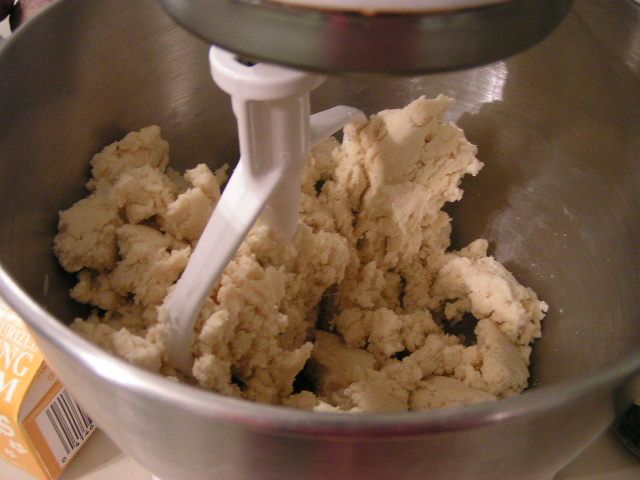 Mix until dough just holds together 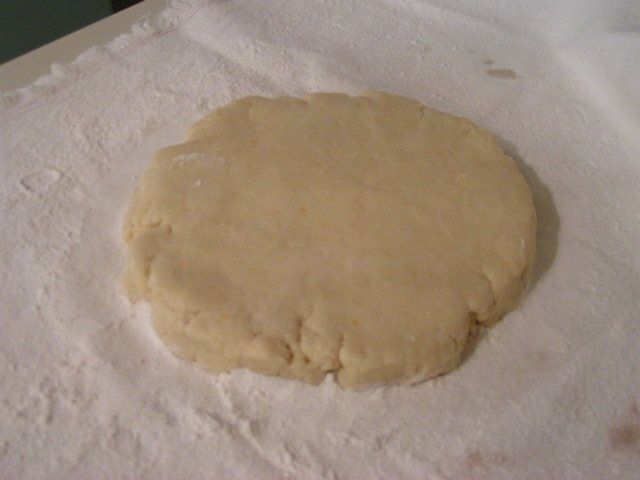 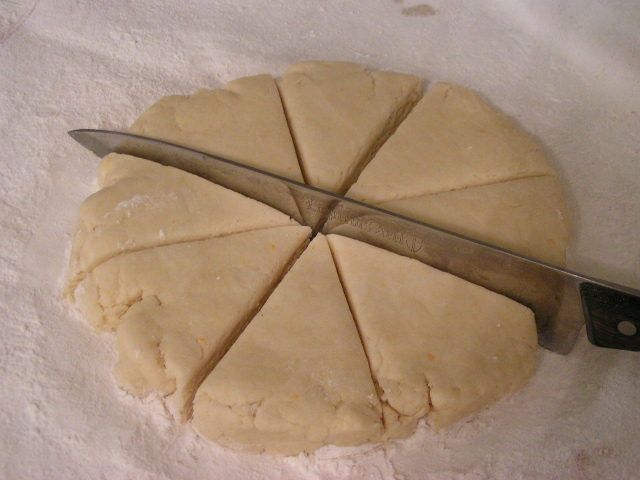 Place dough on a floured surface like the The Oklahoma Pastry Cloth™. Pat the dough out into an 8″ circle and cut into 8 triangles 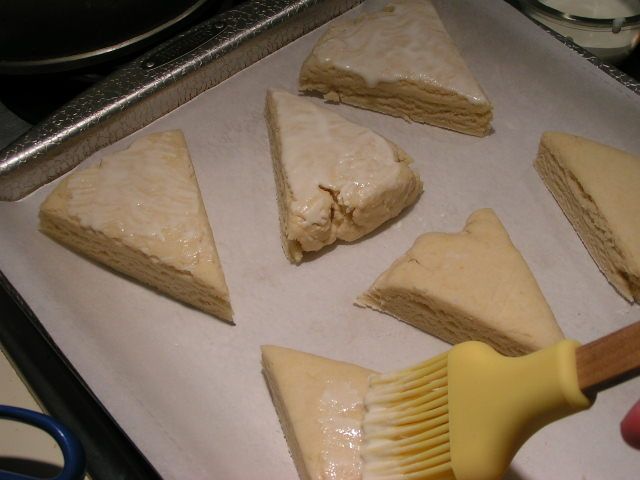 Place scones on a cookie sheet that has been lined with parchment paper and brush with a mixture of the reserved egg yolk and 3 tbsp cream. 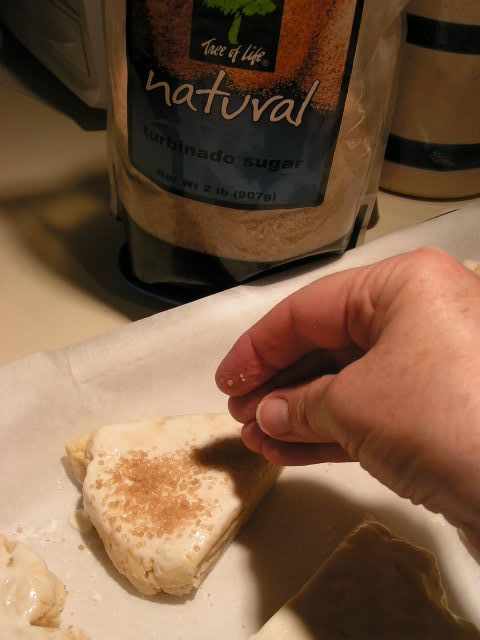 Sprinkle with raw sugar. Bake for 15 – 20 minutes depending on how fast your oven is. You want them to be golden brown. If you would like, dip the tops of the freshly baked scones in the following icing:
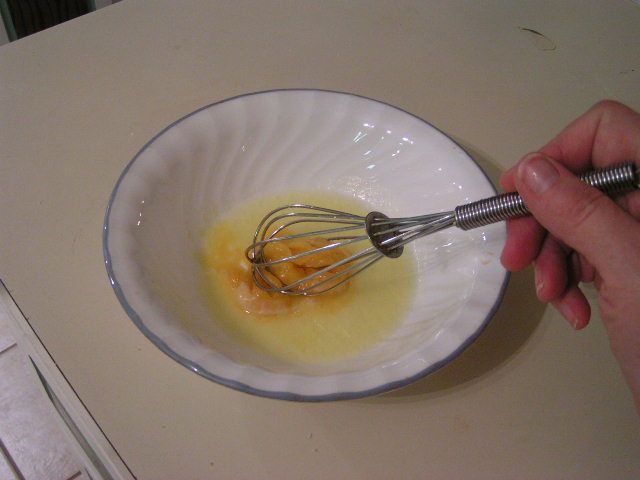 Stir orange juice concentrate into melted butter 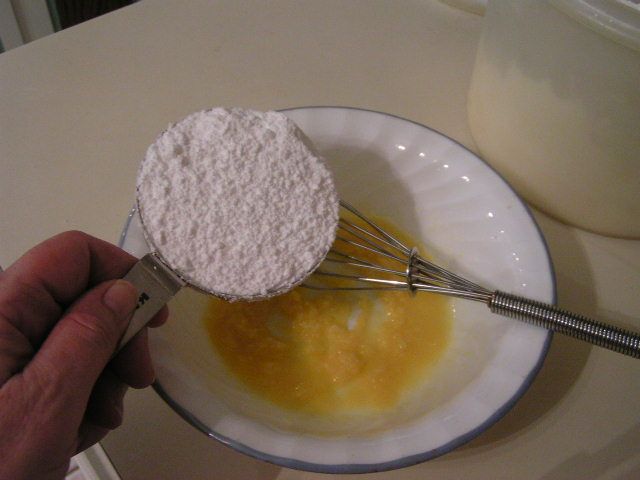 Add powdered sugar and stir. Add milk and continue stirring until smooth. Add more powdered sugar if it is too runny. 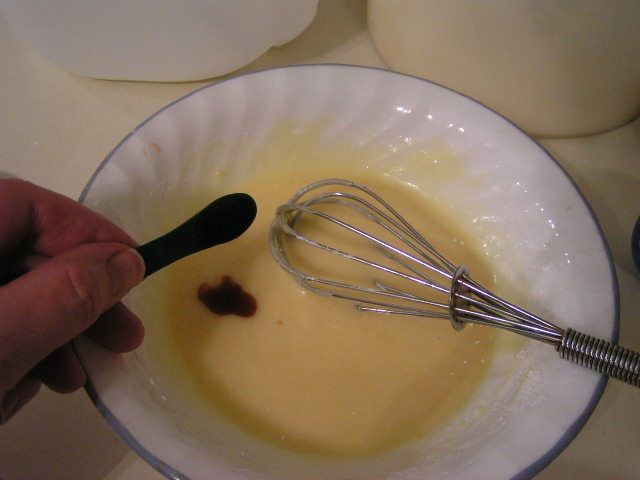 Add vanilla 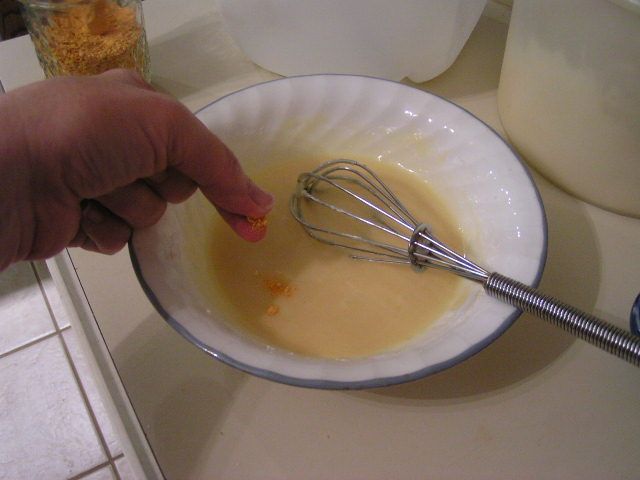 Add pinch of orange zest. Stir and then dip the tops of the scones into the icing.   Serve warm or cold. The scones in the forefront are the ones made with Splenda. They are a little heavier and hold their shape. The ones in the background are made with sugar and are lighter and more puffy. Serve with tea and lemon curd and you are set!! |
|
Oklahoma Pastry Cloth™ Company on Facebook
|
 |
A New Generation of Canners!
Tuesday, April 19th, 2011
 It is always exciting to hear from a reader who has jumped with both feet into the wacky world of canning! I love to hear the stories and see the results because it is wonderful to know that the art is being passed on. As I hear the excitement in the notes attached to photos, it takes me back to my early days of canning with visions of my first little kitchen, its unfinished concrete floor, boxes of bottle lambs in the corner and my brand, spankin’ new pressure canner gleaming on the stove. That was a long time ago. I received this photo from reader, Carol, who really took on some unusual produce to attempt her first experience in pressure canning. She wrote the following: “The farmer’s market started last Saturday and bought some nice fresh asparagus and spinach and had some mushrooms from the grocery. I took my pressure cooker for a test drive then I commenced to canning! 3 pints of asparagus, 3 pints of spinach, 4 1/2 pints of mushrooms. I am so excited. I have always wanted to do this. ( I know, I need to get a life) I have never canned or used a pressure cooker before. My family is terrified of pressure cookers after my Grandma exploded one while cooking stew and for years they found splats of stew around they kitchen and it took forever to get it all off the ceiling…” So I am offering a “congratulations!!!” to Carol for overcoming the family phobia and successfully processing some really unique items! 🙂 Yay! |
|
Oklahoma Pastry Cloth™ Company on Facebook
|
 |
Kudos!!
Sunday, April 10th, 2011
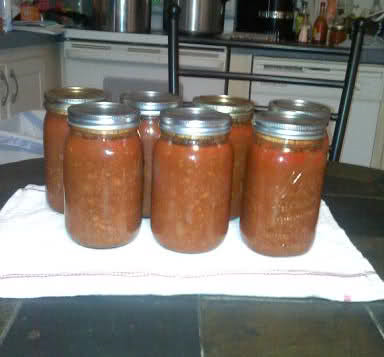 I’d like to give a shout out and kudos and ‘atta-girl’ and ‘way to go!’ (can you think of anything else?) to reader, Debbie, who sent in this photo of her first attempt at canning chili. It was such a success that she is moving on to canning soup for her very large family. Congrats, Debbie!! We are so proud of your success and eagerness to plan ahead for your family. If you have a success story or ideas that you would like to share, please email us with your pictures and story. Again, congrats, Debbie!! |
|
Oklahoma Pastry Cloth™ Company on Facebook
|
 |
The Vintage Kitchen
Thursday, April 7th, 2011
 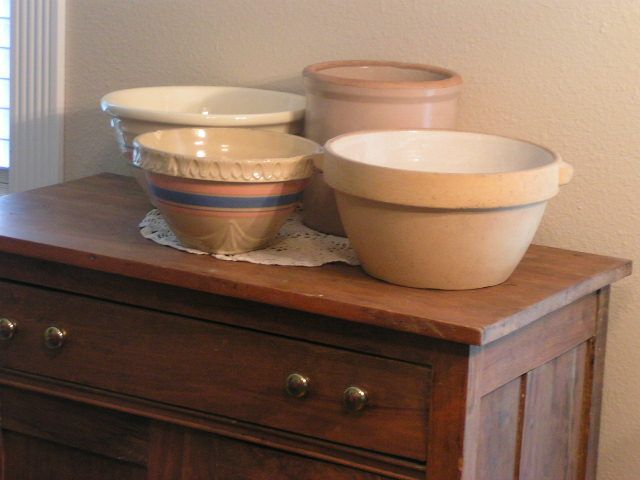 Martha Stewart has a really neat site for women in business where they can share their accomplishments, new products, business ideas, accounting help and countless other types of discussions. One of the women has started a forum about the vintage lifestyle and I decided to join these lovely ladies. Jolene encouraged me to do a post about some of the things that I have from the vintage kitchen. I thought that would be fun and so I grabbed the camera and just started taking pictures. Of course, that led to the vintage lighting and furniture and everything else, so I got a boatload of photos. These are things that have been in my family for generations or that we have picked up along the way. I have used many of the items in my kitchen just for the fun of it and it makes me feel a bond with grandmothers and great-grandmothers as I imagine them standing in their kitchens, hands grasping the very same utensils. Hope you have fun scrolling through yesteryear!  The country kitchen had a butter churn for all that sweet cream carried in from an early morning milking 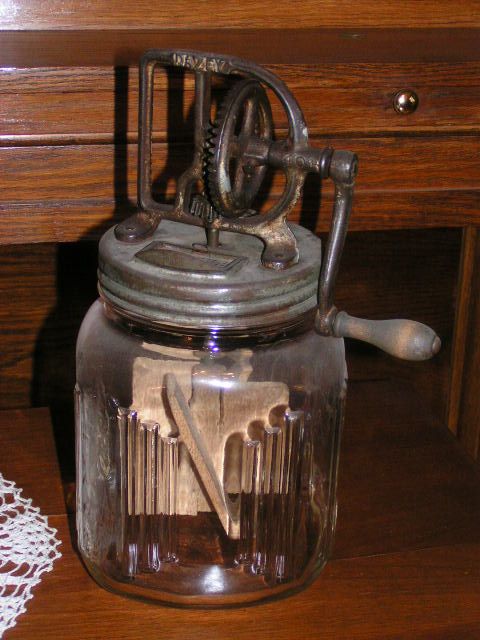 And if they were lucky, they could afford a Daisy Churn with paddles and a handle that turned for faster butter. 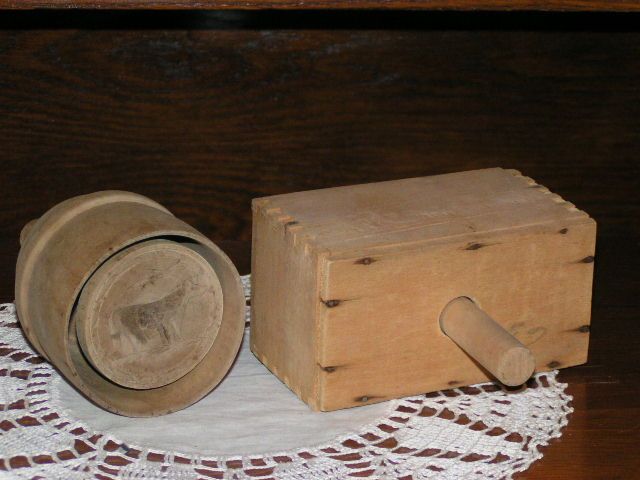 And of course, that butter was put into butter molds to shape into blocks for the table 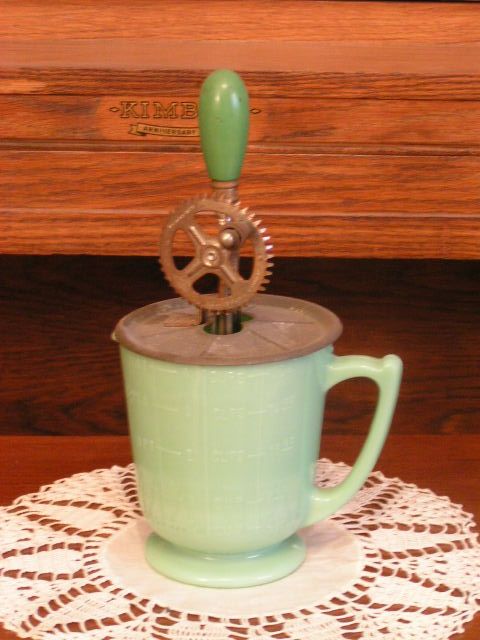 Sometimes the cream was whipped with sugar to top some dessert and a jadite beater bowl with accompanying hand mixer was just the thing for the job.  Juicers were a necessity for juicing oranges, lemons and limes. These glass juicers are made of jadite, Vaseline Depression glass, and clear, pressed glass. 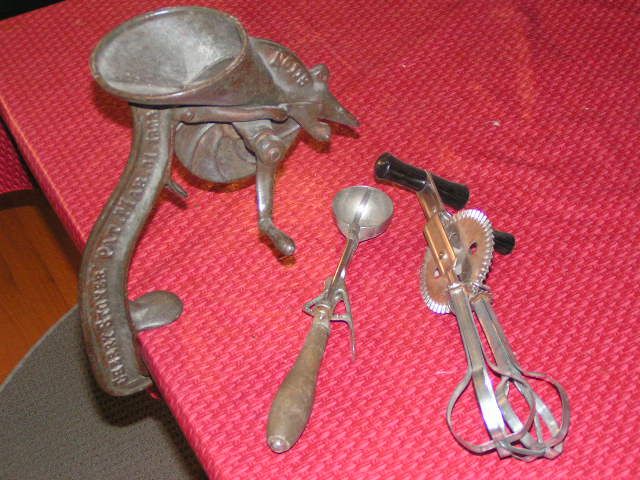 When turned, a cherry pitter clamped to the table, pressed the stones out of fresh cherries that were dropped into the hopper. Ice cream was served with this wooden handled dipper and this hand beater did a number on the eggs! 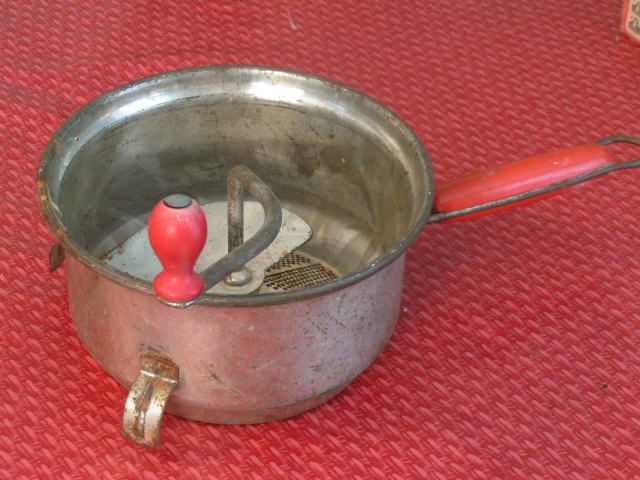 A Foley Food Mill pressed potatoes, peaches, cooked apples and anything else that required mashing. This particular mill was used for pressing ripe persimmons for persimmon pudding. 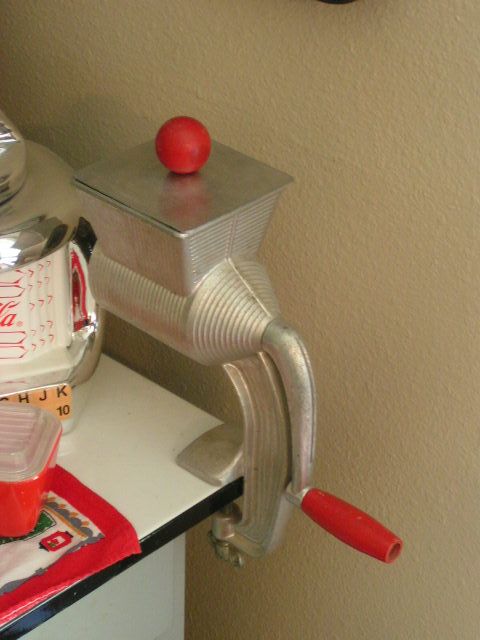 The modern food processor of the day was not electric! Different drums were placed inside the mouth of this utensil depending on whether the cook wanted grated, sliced or zested. The food was fed through the hopper with the turn of the handle. 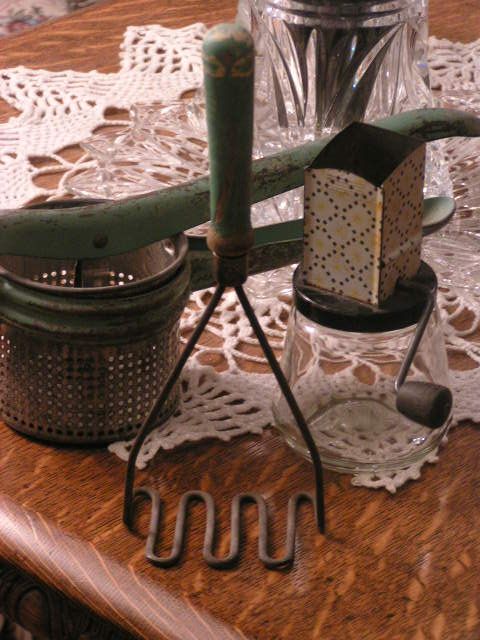 This nut chopper was my grandmother’s and I still use it. You turn the handle and the nuts are grabbed by sharp teeth that cut them and then push them through more blades. The potato ricer to the left is from my husband’s family as is the wooden handled potato masher in the foreground. 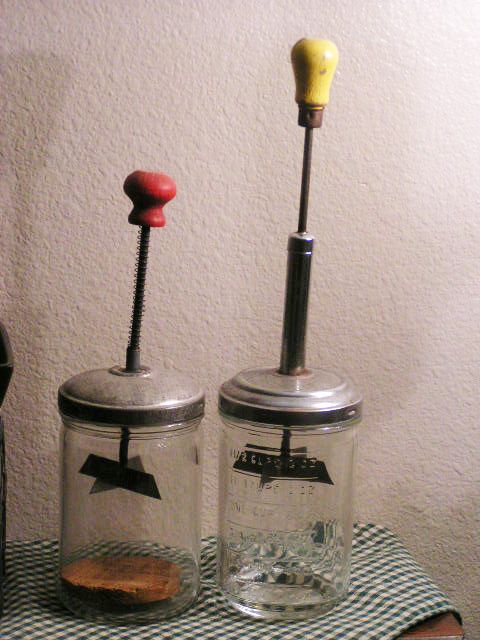 Other choppers were used to dice onions, garlic and other small veggies. 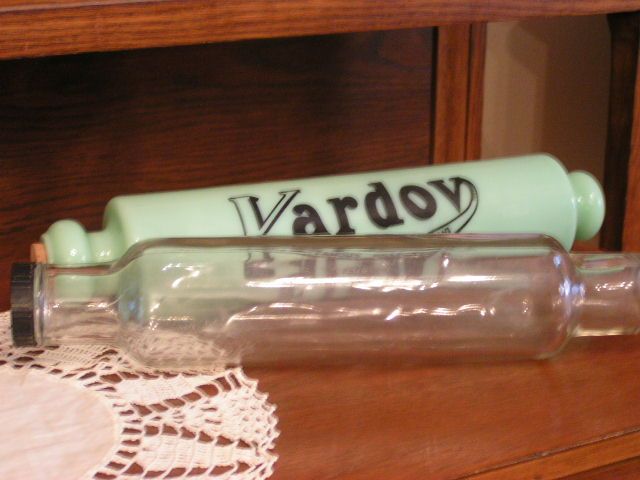 Wooden rolling pins, as today, were common and cherished. But glass rolling pins were not uncommon either. They were great for buttery pastry dough because they were filled with ice and water , capped and provided an icy cold surface to roll out the dough. The clear glass rolling pin was my grandmother’s. The jadite is not antique, but is a replica of an old rolling pin. 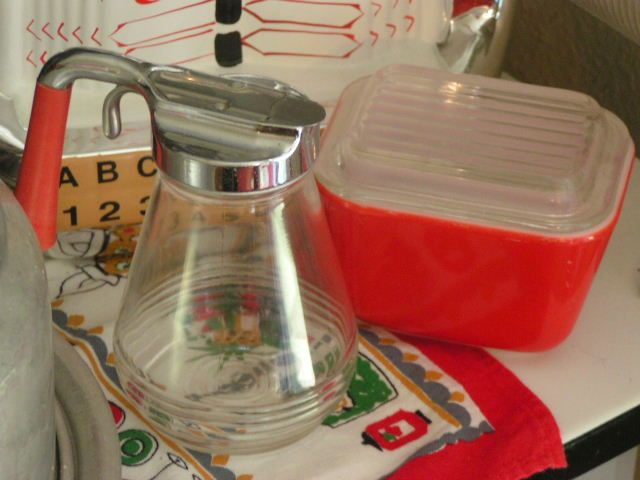 Syrup dispensers haven’t changed much over the years, except for the telltale wooden handle of the vintage ones. A red, glass refrigerator dish brightly colored the refrigerator. 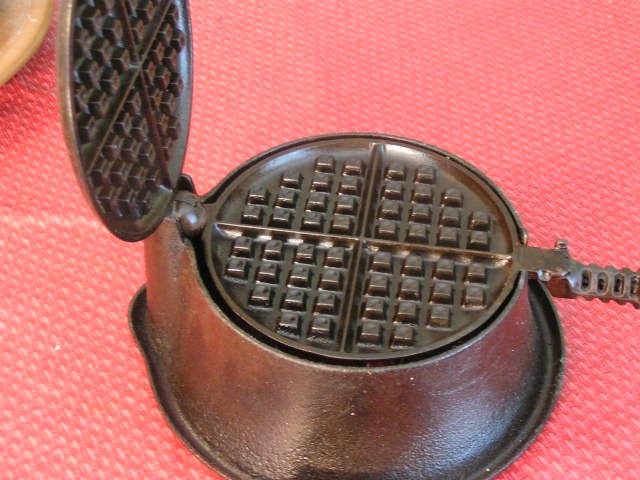 Of course, no household could do without a waffle iron and for the early 20th century, wood cookstove, a Griswold cast iron model was just the ticket with its tall base for perfect waffles. And perfectly seasoned, this was the first “nonstick” cookware! 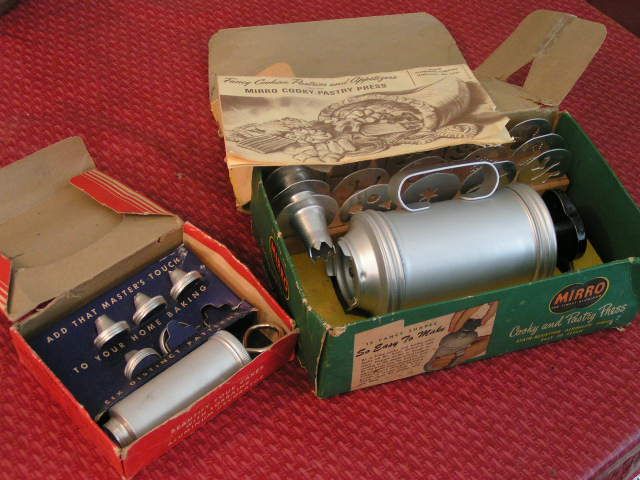 In the ‘50’s Mirro introduced a handy cookie press with all kinds of wonderful shapes to create beautiful cookies. I grew up turning out cookies at Christmas, sprinkling colored sugar balls and sugars on them to decorate. An aluminum cake decorator came in handy too.  Blue Atlas and Ball canning jars were sealed with zinc lids to hold meats and goodies from the garden. 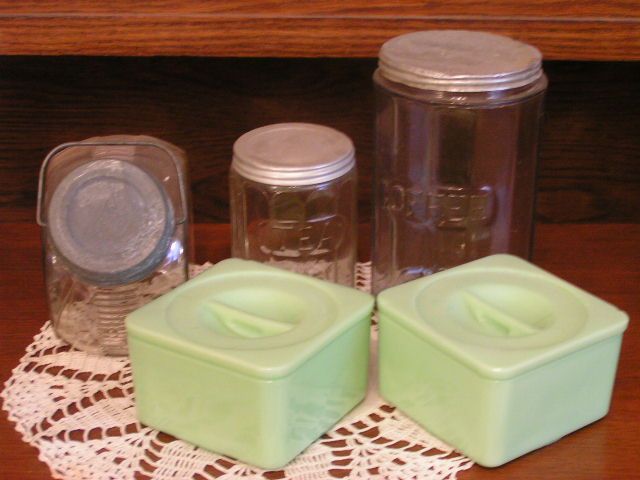 There was no Tupperware or Rubbermaid back then and for the early “ice boxes” and newer electric Frigidaires, glass refrigerator dishes provided safe keeping for leftovers. These are made of Agite Jadite. And for those with special kitchen cabinets first created in Nappanee, Indiana, called Hoosier, tea, coffee and sugar were kept in special glass canisters. 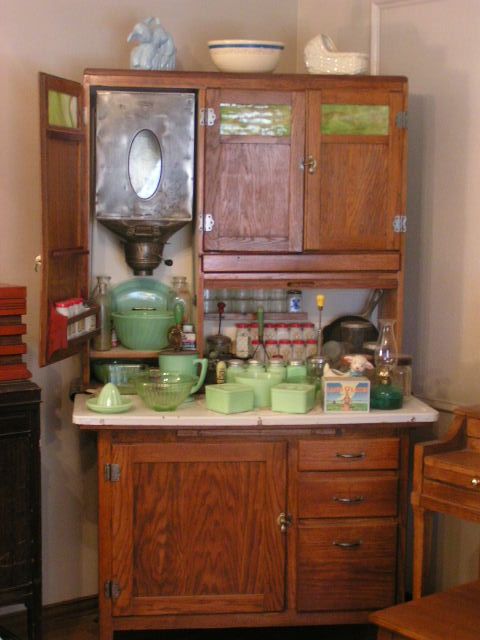 This original Hoosier style cabinet called a Boone Cabinet – circa early 1920’s – was kitchen central for the lucky cook. The large sifter holds an enormous amount of flour and actually pulls out on jointed arms over the floor to make it easier to load the flour. The white jars with red caps are vintage spice jars. The doors are decorated with the original cuts of agite glass and the open cupboard below can be hidden with the tambour door that smoothly rolls down.  This is what the cabinet looked like before I refinished it and put it back together!! The pile of sticks is the tambour door in pieces. I am rather proud of that project. Mr. Fix-It wasn’t convinced that I could fix it. 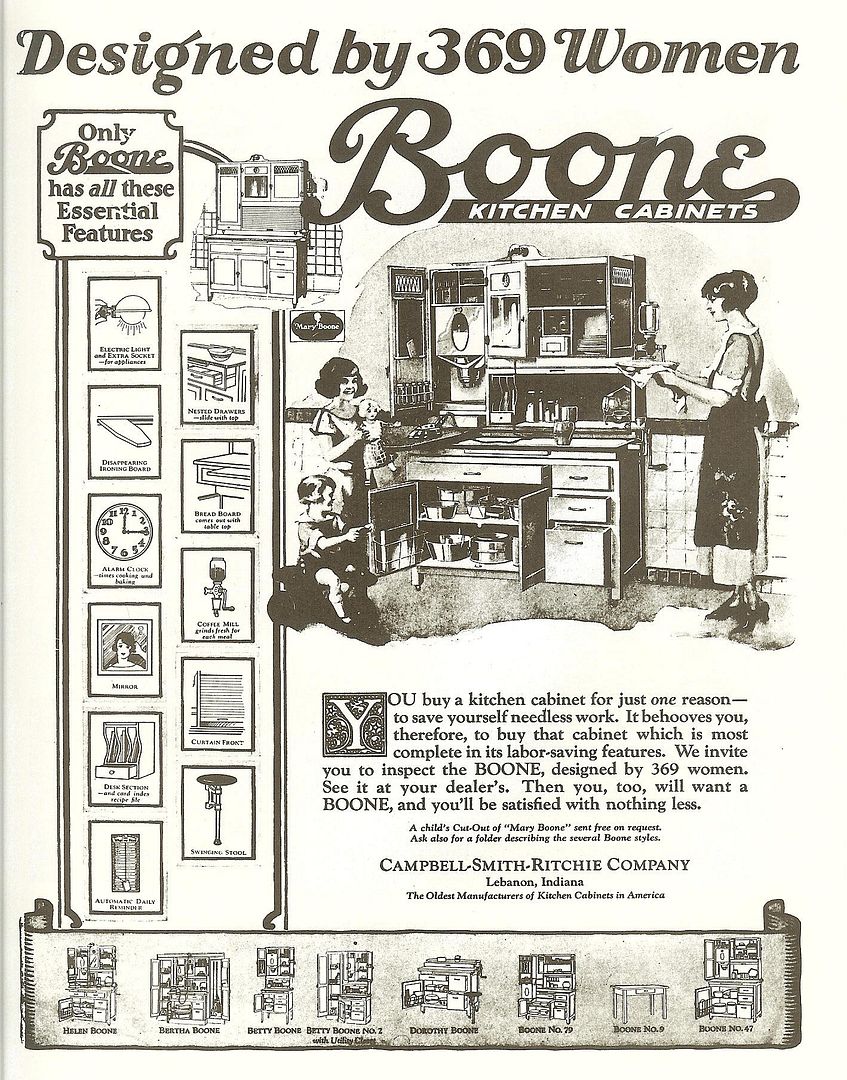 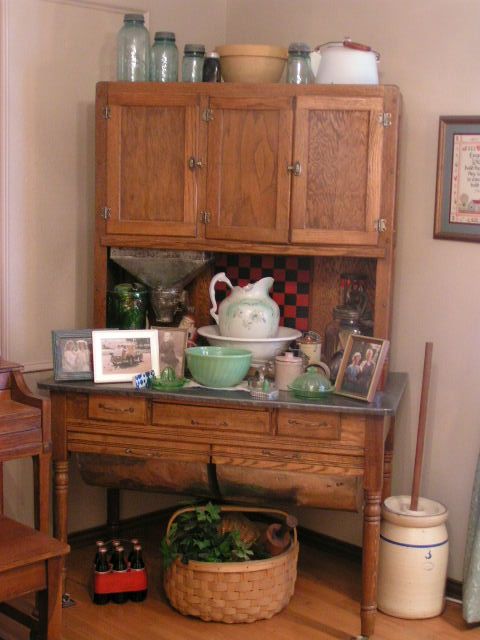 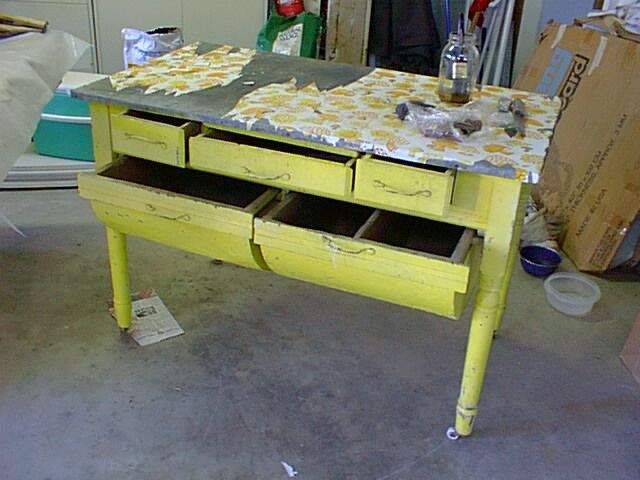 This cabinet was a real pill to refinish too. Somebody had spray-painted it yellow and covered the zinc top with 60’s era psychedelic mushroom contact paper . The turned legs were fun too. A wire brush was all that got the paint out of the cracks. I love to refinish furniture because I love working with wood, but I also enjoy watching the process of going from ugly to beautiful. 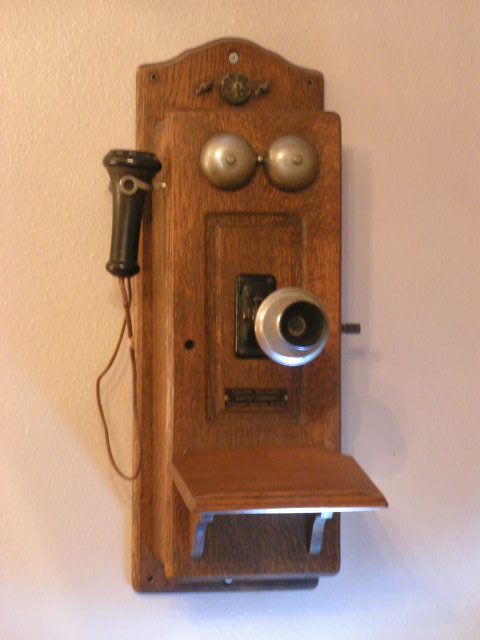 Life changed drastically when people were able to call each other on the new telephones. This one has been in my family since it was my great aunt’s. 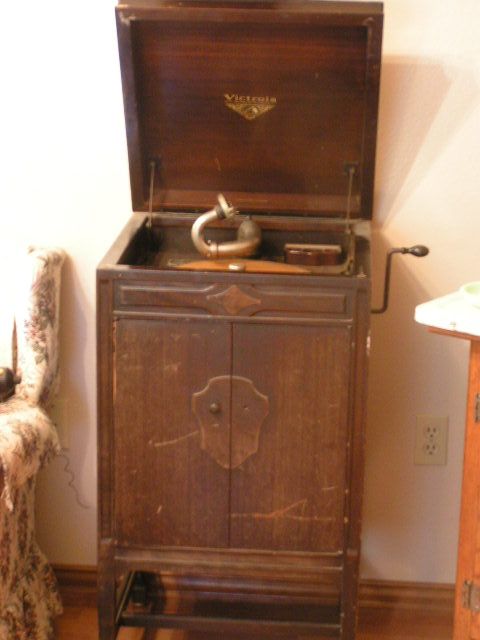 The Victrola entertained the family with music and talking records. This was my great-grandmother’s and is one of my next refinishing projects. 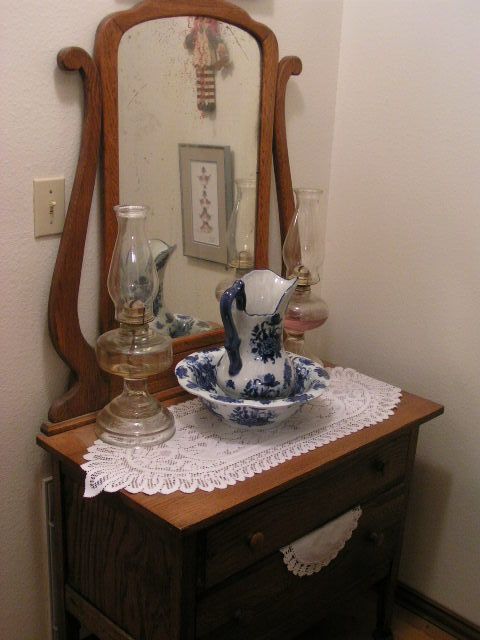 The bowl and pitcher was a must for daily cleansing and kerosene lamps gave light in the evenings. An oak washstand was the precursor to our bathroom vanities. Just a little bit of info: the lamp on the left is from the early 20th century as the wick section is threaded to screw into the bottom half. The one on the right is a newer lamp since the wick section has a threaded ring that screws over the bottom half.  More elegant lamps graced stately homes. This pewter lamp with frosted glass globe is very pretty. 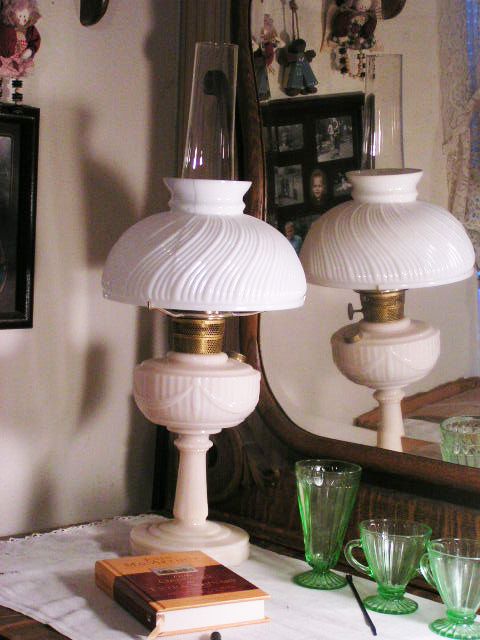 But nothing compared to the towering Lincoln Drape lamp. It was elegance deluxe and is made of agite glass all the way to the base. This was Mr. Fix-It’s mother’s. And so there you have a little bit of history in pictures. I hope you enjoyed the tour.  |
|
Oklahoma Pastry Cloth™ Company on Facebook
|
 |
Encouraging Creativity in Kids – A project
Monday, April 4th, 2011
  Do you remember lying in the grass and looking at clouds, while making out the shapes of everything from whales to sailboats? That’s called ‘imagination’. Being a retired home school mom as well as a former art teacher in the public schools, I know only too well how bored children become if they are not encouraged to be creative – to use their imagination – and to be funny. Funny is a plus. Our family has always included humor as one of the pillars of our home structure and be assured that when holidays roll around, stomachs hurt from all of the laughing. When I was growing up, my extended family was the same way and we were encouraged to use our noodle in our humor. A performance of my sister’s original country spoof for all, and I mean ALL, our relatives at a family reunion ranks top silliness in my memory. We had no shame. For our Missouri kinfolk, in our heaviest East Tennessee accent, I and my three sisters belted this ditty that included the chorus: “Oh, a band-aid and some iodine will make yer bruises feel sublime….But ya cain’t put a band-aid on yer heart.” Children love to create if they are encouraged. (After that, you may wonder why in the world my parents encouraged us!) And I know that a youngster’s first reaction to any challenge is, “I don’t know how”, “I can’t” or “It’s too hard.” But if continually encouraged to step out on a limb and try something new without the fear of “not doing it right”, children develop reasoning and cognitive/physical skills that will last them a lifetime. Toward such an end, I used this art project for kids of all ages in my art classes. It challenges kids to pretend, create, draw, and be funny all without there being any “right” answers. No two drawings will be alike. I have done this with young children to high school kids and while the results will depend on the motor skills of the age group, the results are always funny and creative. You will need:
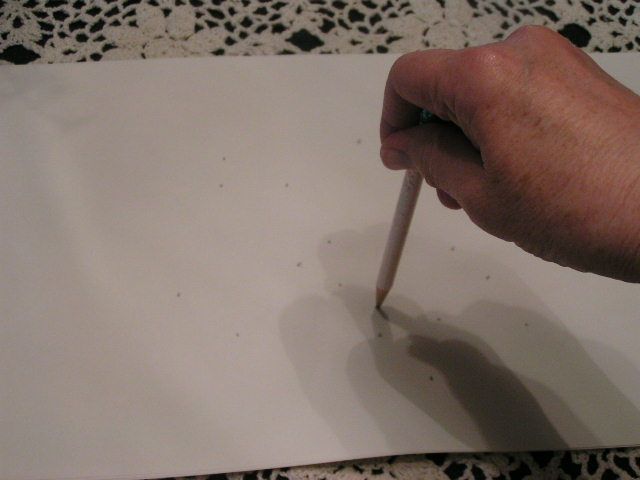 Give each child a sheet of paper and pencil and have them close their eyes. Tell them to make dots on their paper without looking. Establish a particular number of dots. Here I have made 20 dots. For younger children, count with them as they make each dot. 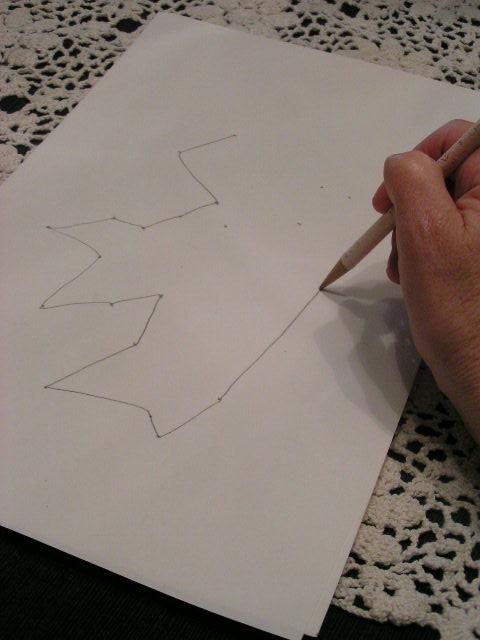 Tell them to open their eyes and to connect the dots without crossing any lines. They are doing an outline. You can use this opportunity to explain the concept of an outline and a perimeter if you like. 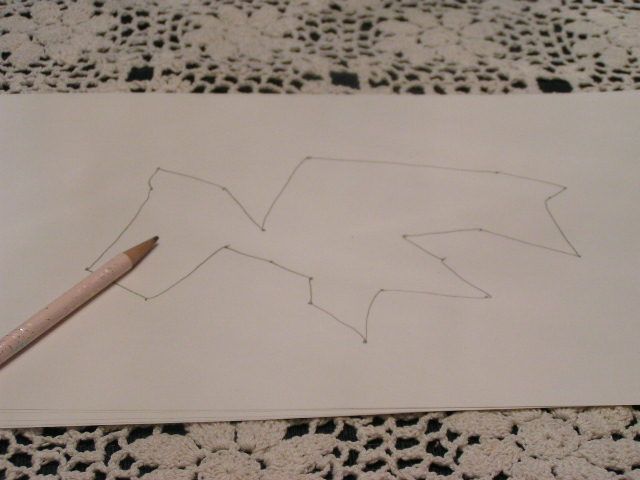 Have them turn the paper different directions to look at the shape they have made from different angles. Tell them to pretend the shape is an animal and to pick out the way that their shape looks most like an animal. On this particular shape, I have settled on this direction because I can see a head and will make the rest work as a body. Tell the children to find the head to their “animal”. 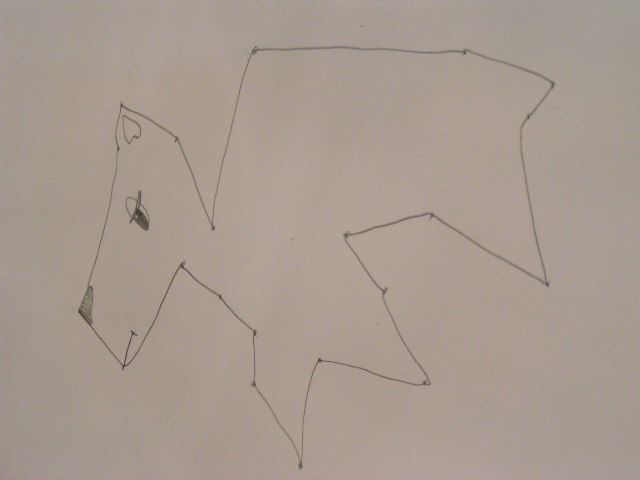 Here I have added a nose, mouth, eyes and an ear to the head. Tell the children to give the heads of their animals these features. 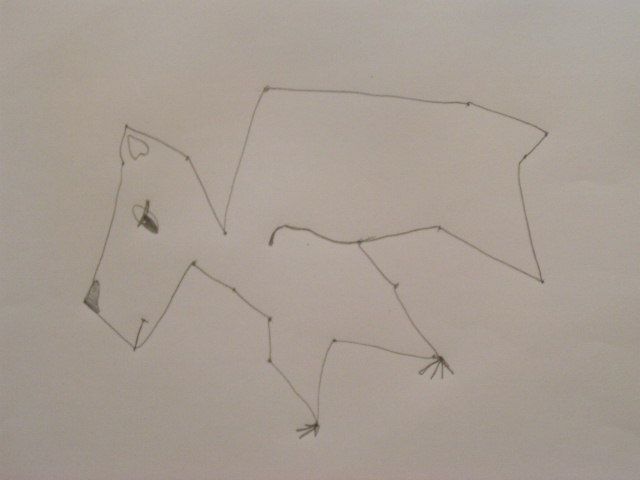 Next, I have decided where the legs will be and have added feet 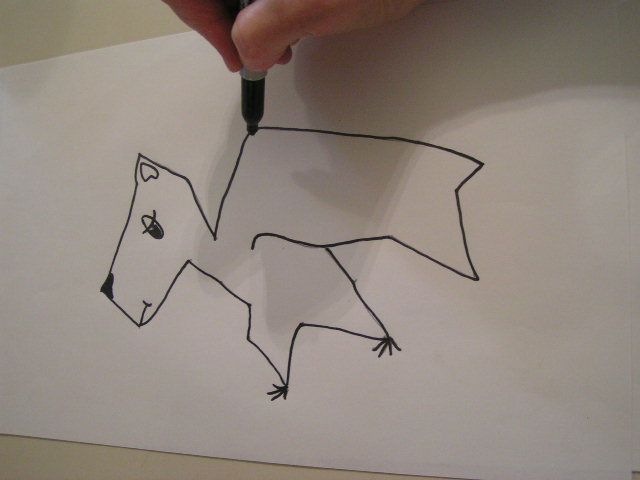 In order for younger children to see their shape better, they can go over their pencil outline with a fine, black marker or dark pen. Older kids like to do this too because it makes their ‘animal’ more cartoon-like. 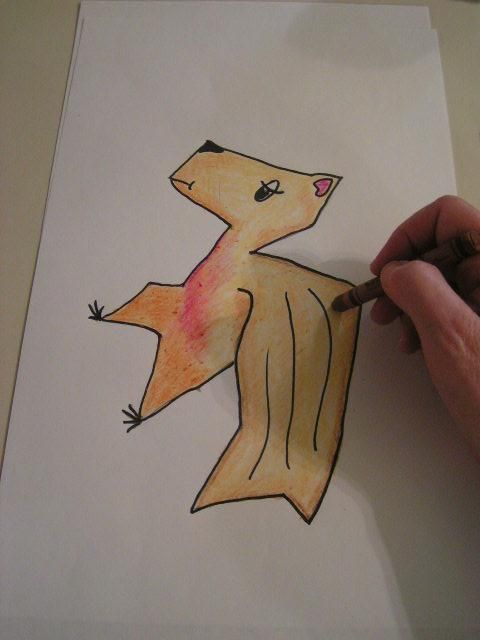 Have the children color their animal however they like. Remind them that they can put in fur, feathers, scales, teeth, etc. to help define their animal. 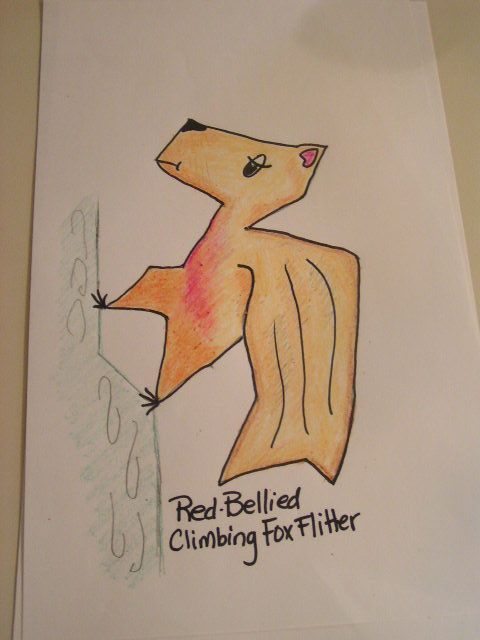 When they have finished designing their animal they can get really silly. A name for the animal, where it lives, what it eats and how it sounds are just a few things that can be added to the drawing. 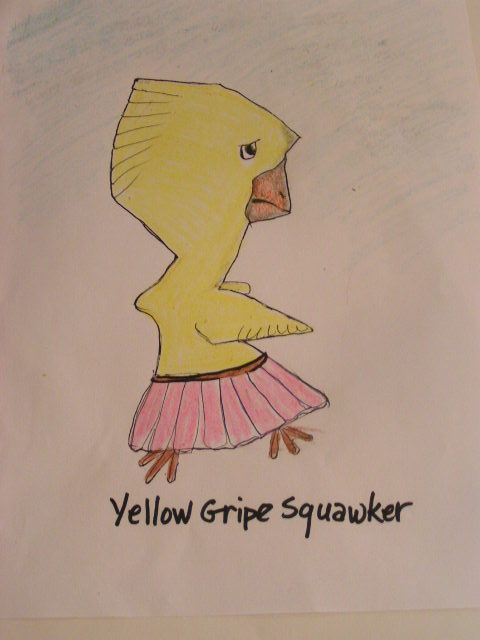 It is fun for a child to keep an “Audubon” style scrapbook of their animals to look at later on. For young children, you can write their descriptions for each animal in large letters, put the papers into plastic sheet covers in a looseleaf notebook and use the book to help your child learn to read! They will have made their own book and learned to read it too.  You can hang the drawings on the frig, or cut the animals out to use for silly decorations. Now’s the time for YOU to get creative!  |
|
Oklahoma Pastry Cloth™ Company on Facebook
|
 |

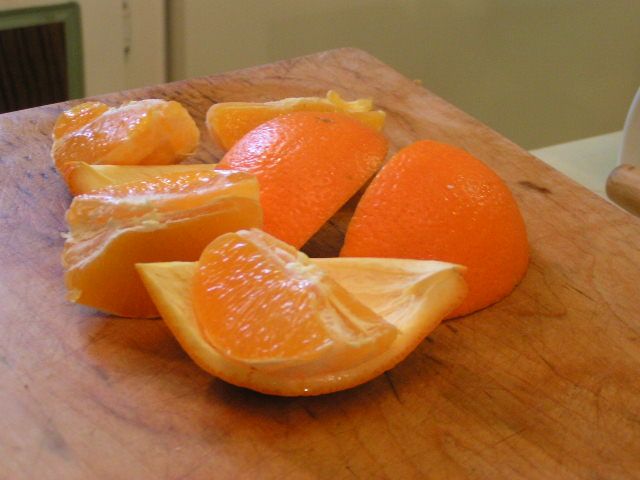
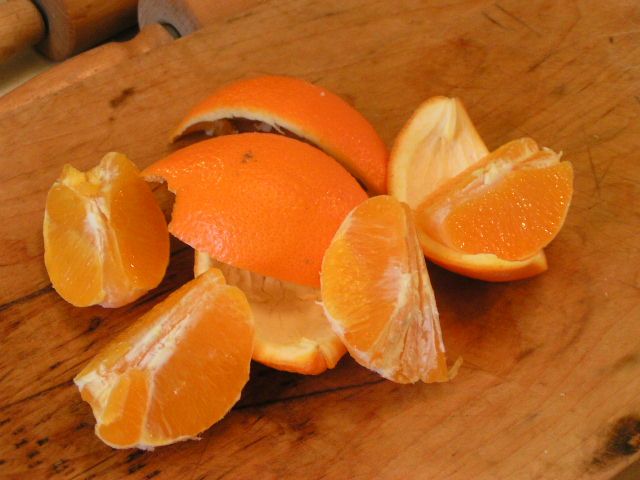
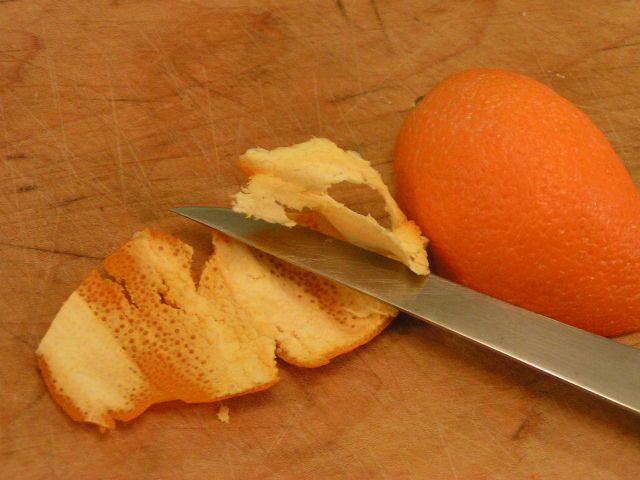
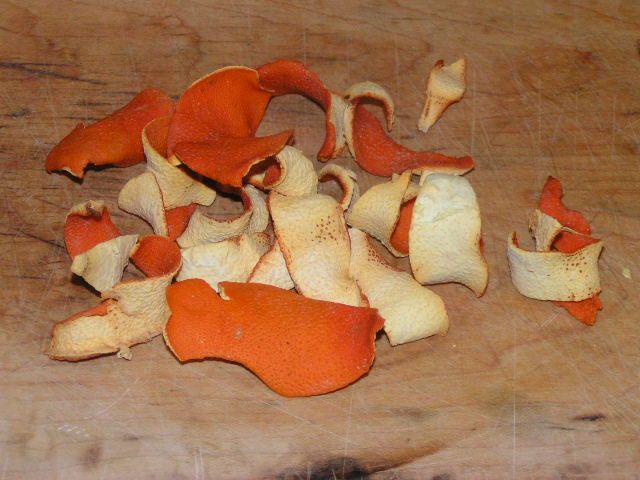
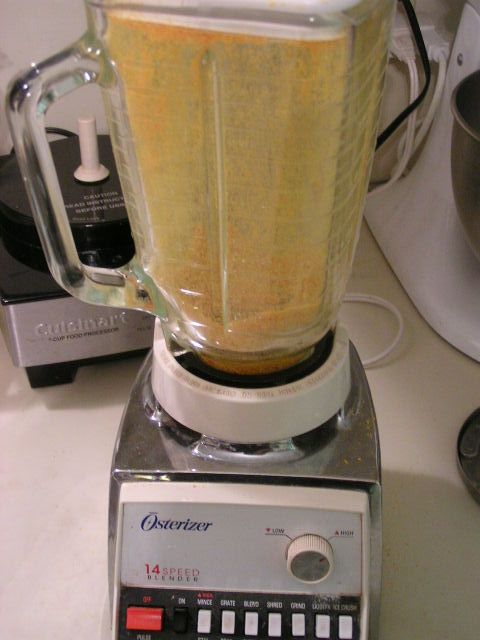
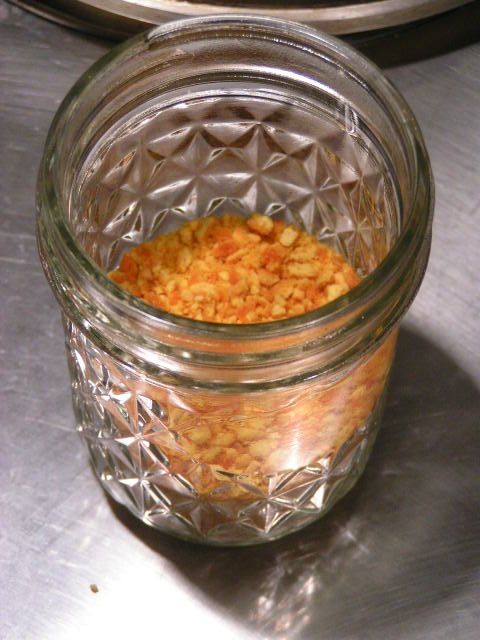

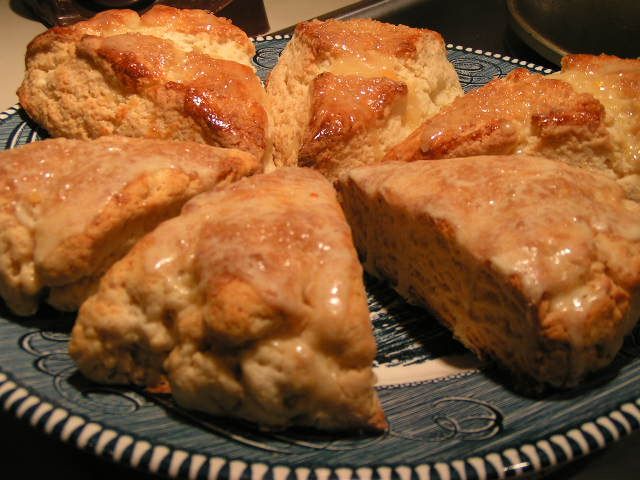
 Homestead Revival
Homestead Revival Paratus Familia
Paratus Familia Rural Revolution
Rural Revolution